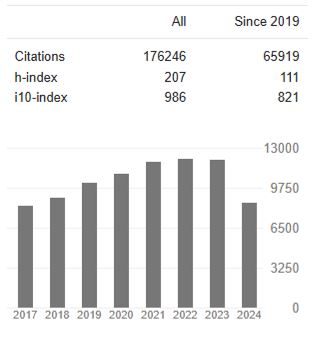Collective digital dependence of employees and the perspective of leaders
Abstract
Lucio Lage Goncalves, Antonio Egidio Nardi, Hugo Kegler dos Santos, Douglas Rodrigues, Anna Lucia Spear King
Introduction: Human behavior has been changing due to digital technologies and the mobility provided by the integration of the Internet with mobile phones, causing diverse dependences. Organizational collective environments already have symptoms of these dependences.
Objective: To evaluate, in an unusual way, the digital dependence of employees, the perception of leaders regarding employee dependence and to compare results between the two groups.
Method: Volunteers were informed about the scope of the research. On line data collection started between 03/01 and 04/15/19. The sample had 330 employees with no management positions that answered to the Digital Employee Dependence Scale – EDDE and 96 with leadership positions that answered to the Scale to Evaluate Leaders’ Perception of Digital Dependence Employees - EPLDDE, generating two databases for the analysis.
Results: Presented separately, employee and leaders, with percentage by option of answers that indicate low perception of the volunteers on the subject. Convergences and divergences between leaders and employees reinforce possibles unevennesses of knowledge about this subject. Discussion: Three blocks: (a) EDDE; (b) EPLDDE;(c) comparative EDDE x EPLDDE. Highlighting of the convergences and divergences between visions of leaders and employees on similar questions signaling the need for analysis of these differentiated perceptions.
Conclusion: There is no general concern of leaders and employees about digital dependence in the organization, although there are signs of existence. There are divergences between them about various elementary aspects of this theme. It is necessary guide them on the characteristics of digital dependence to better understand and correct their digital practices.




